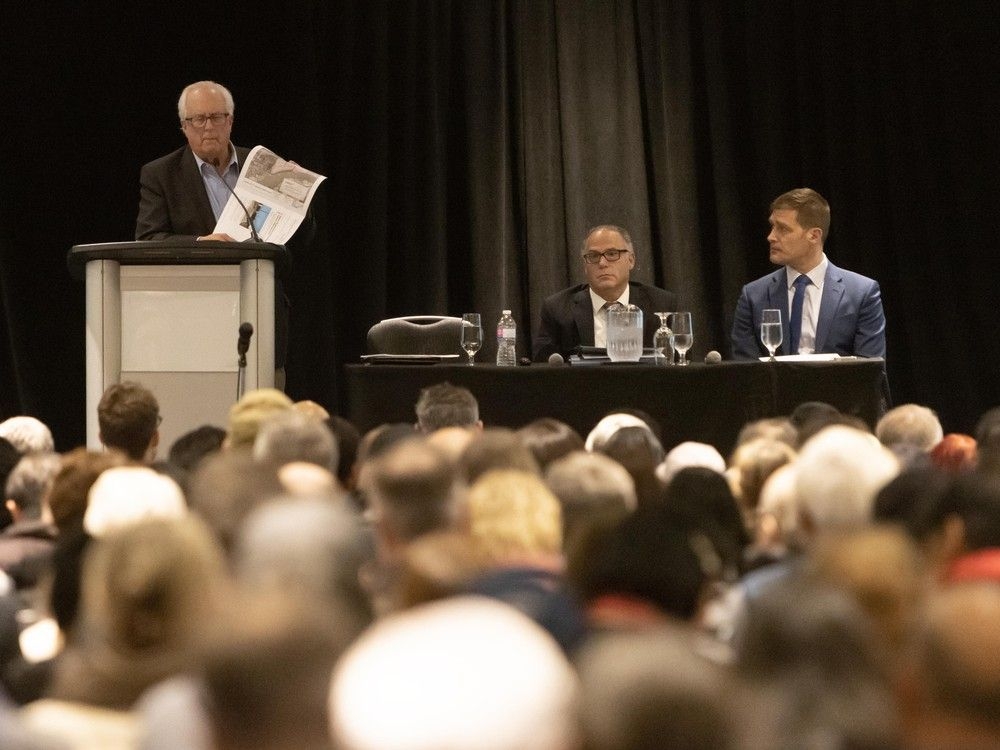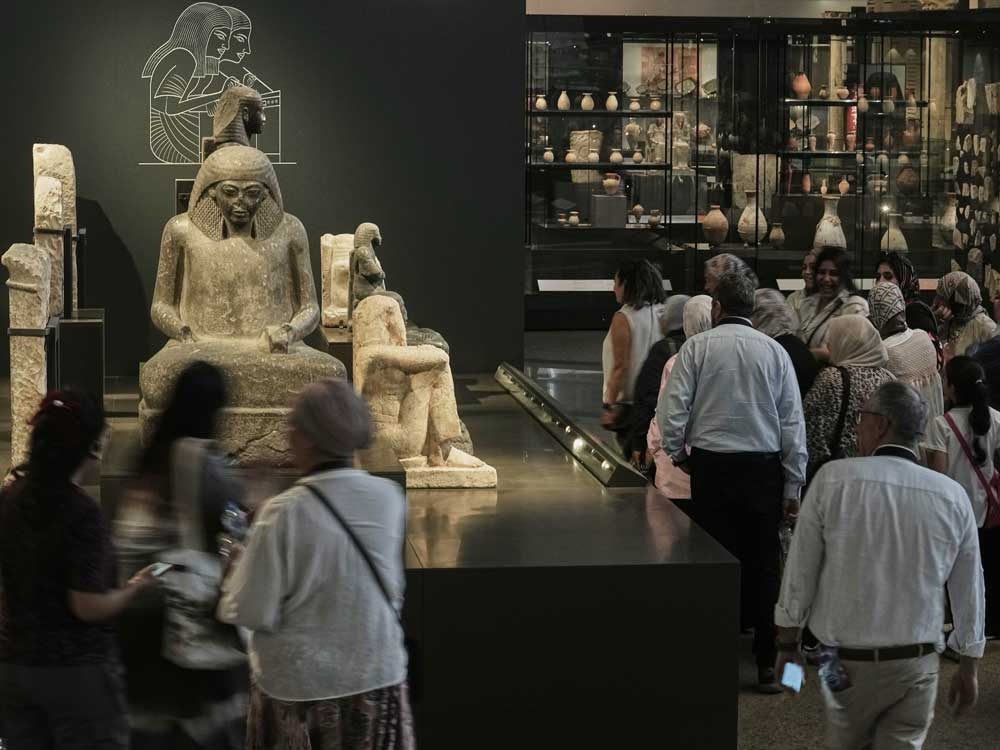The world watched as U.S. President Donald Trump and Chinese leader Xi Jinping convened in Busan, South Korea, a meeting steeped in anticipation and the weight of global economic stability. It followed a whirlwind Asia trip for Trump, and arrived on the heels of pointed online statements hinting at potential shifts in American policy.
For months, a tense standoff had gripped Washington and Beijing, fueled by substantial tariffs levied by the U.S. on Chinese imports. China responded by tightening control over vital rare earth element exports, escalating the pressure and threatening global supply chains. Both nations recognized the perilous consequences of continued escalation.
Ahead of the summit, discussions were expected to center on the most contentious issues: tariffs, the flow of advanced technology, and the increasingly competitive landscape of global supply chains. Aides from both sides signaled a desire to de-escalate, hinting at potential breakthroughs.
Trump, addressing reporters, expressed optimism, believing common ground could be reached. The atmosphere was cautiously hopeful, a stark contrast to the escalating rhetoric of recent months. The stakes were undeniably high, impacting economies worldwide.
Following the hour-and-forty-minute meeting, Trump declared it “amazing,” claiming “an outstanding group of decisions” had been made on critical economic and security matters. He announced a significant concession: a reduction in tariffs on Chinese imports, dropping from 20% to 10%.
A key element of the agreement involved China’s commitment to combat the flow of fentanyl into the United States, a crisis deeply impacting American communities. Trump stated Xi pledged to “work very hard” to stem the tide of this deadly substance.
Further easing tensions, China agreed to pause planned export controls on rare earth elements for a year, a move welcomed by industries reliant on these crucial materials. While the agreement was slated for review and potential extension, it offered a temporary reprieve from escalating trade restrictions.
Discussions also touched upon semiconductor technology, with China indicating potential purchases from Nvidia. However, the newest generation of advanced processors were not included in the immediate agreement, suggesting ongoing complexities in this sector.
Trump characterized the outcome as a one-year framework, designed for annual renegotiation. He expressed confidence in its longevity, believing the agreement could endure for years to come. It was a pragmatic approach, acknowledging the ongoing nature of the challenges.
The meeting concluded with a promise of reciprocal visits: Trump to China in April, and Xi to the United States later in the year. These planned engagements signaled a commitment to continued dialogue and relationship building.
As Trump departed, a brief, seemingly private exchange with Xi caught the attention of onlookers. A quiet conversation before shaking hands and boarding Air Force One hinted at the nuanced complexities beneath the public pronouncements.
Both leaders had publicly acknowledged the importance of their relationship, despite existing disagreements. Xi noted that friction between major powers was natural, but emphasized the potential for both nations to “thrive side by side.”
Even before arriving in South Korea, Trump had suggested a willingness to lower tariffs in exchange for Chinese cooperation on fentanyl. This willingness to compromise underscored the urgency of addressing the crisis and the desire for a more stable economic relationship.
The summit, while yielding a framework agreement, left many details undisclosed. Neither side released a comprehensive account of the discussions, leaving observers to analyze the public statements and anticipate the implications of the evolving dynamic between these two global powers.






